Fender Stratocaster Neck Scallop
South Austin Guitar Repair
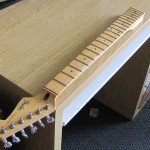 |
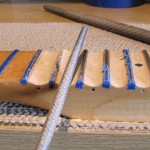 |
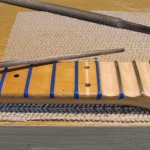 |
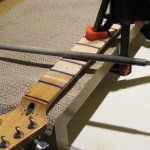 |
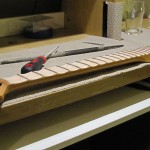 |
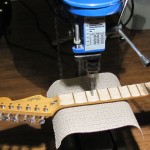 |
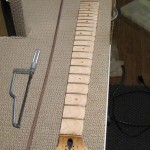 |
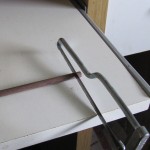 |
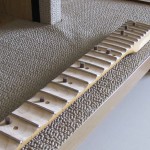 |
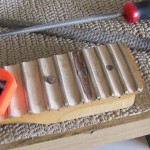 |
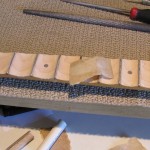 |
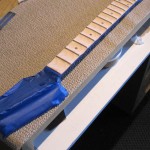 |
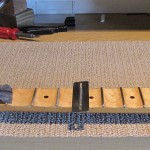 |
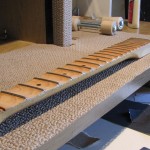 |
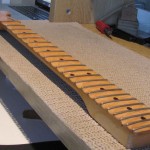 |
Ever feel like your guitar doesn’t play as fast as you want? Well, aside from hours of practices, there are some other tweaks you can make to your guitar to help train yourself to play faster. Scalloping a fingerboard does exactly that.
The idea is to train your fretting hand to press as lightly as possible when hitting a fret. With the loss of wood, the harder you press down, the more you sharpen the note’s pitch. As you gain the softer touch, you press lighter on the fret, and in turn gain a faster fretting hand.
For this whole job, I used 2 round files. One large, and one smaller. I always start in the middle of the fretting space and take that down 1/8″ to 1/4″ to create the “trench” which I can then begin rounding the wood on either side.
Each scallop takes about 15 – 20 minutes from start to finish. Some of the larger spaces take even longer. There is no sense in rushing this because one slip of the rasp can cause you lots of extra time covering up an unwanted blemish or something even worse…
The inlay dots are as good as gone by the time you’ve scalloped the neck. But the owner did specify he needed them for when he teaches lessons. Using a dowel made of walnut, I cut small sections for each inlay, drilled the spot on the neck to place them and plugged them right in. Because the dowels made for a snug fit I went ahead and rasped them down to the fingerboard level while waiting for the glue to dry.
Then, I took 2 grades of sandpaper to get the nasty file and rasp marks out of the fingerboard and make it nice and smooth. I applied a few layers of clear lacquer to seal the deal and wet-dry sanded in between coats. I then lightly sanded the frets to get the unwanted lacquer off and applied some rubbing compound just the same as I do when refretting a guitar.
The very last step was to apply some rubbing compound to the recently lacquered neck and viola! A new life for a 25-year old guitar neck.

Hi,
How much do you charge to scallop a maple strat neck? Also, are you able to create a deeper scallop on one side of the neck? Thanks!
Hi there! If memory serves me correctly, that job was $250. We could probably go a little deeper in the scallop, but it wouldn’t make too much of a difference aside from visual aesthetic. The other issue being, if you want the front and side inlays to show, you need a little wood so you don’t find yourself drilling into the truss rod.
Let me know if you have any other questions or would like to set up a time to drop by with your guitar!